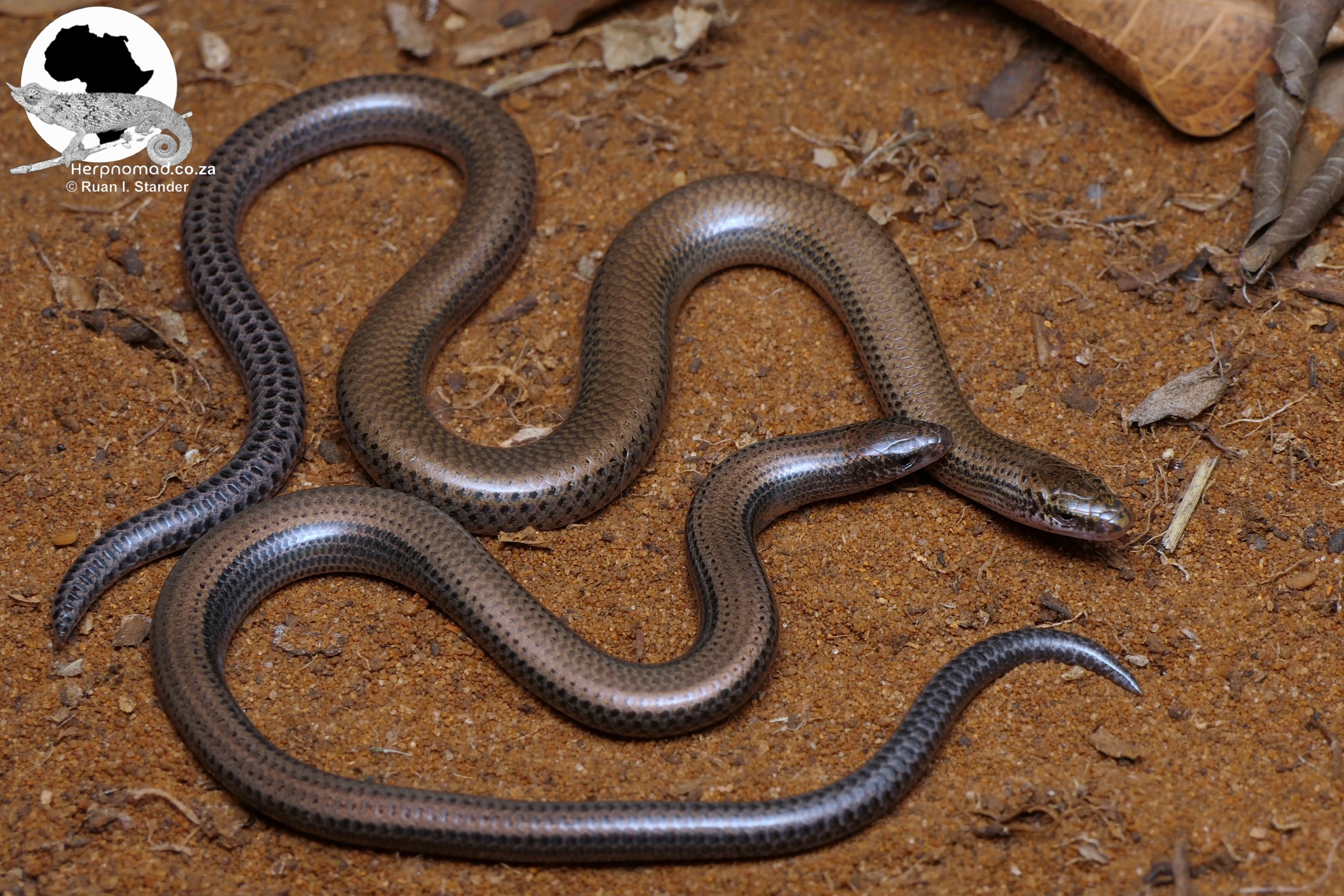The Durban Dwarf Burrowing Skink: A Tiny Lizard’s Big Fight Against Extinction
by Ruan Stander, Field Officer: KZN Threatened Amphibian Programme
The Critically Endangered Durban Dwarf Burrowing Skink (Scelotes inornatus) is a little lizard with a big name, and it is in big trouble. Its scientific species name (which can be easier to remember than its common name) is very fitting – it means ‘unornamented’ – as these little lizards are indeed remarkably plain and inconspicuous. Unfortunately, this means that they are easy to overlook, even in the context of conservation. In fact, it was not until the mid-1990s that the scientific community resolved the taxonomic relationship of the species, allowing us to realise how localised this lizard truly is (essentially restricted to a 2 x 50 km strip of coastline). How should such a tiny, drab lizard that doesn’t even have any legs compete with wild dogs, magnificent cranes or soaring raptors? Truth is, it can’t. That is why the Endangered Wildlife Trust (EWT) has prioritised this species. In partnership with the Mohamed bin Zayed Species Conservation Fund, eThekwini Municipality, the JHB Zoo, Wits University and Ezemvelo KZN Wildlife, the EWT has launched a new project in Durban’s Treasure Beach Protected Area, dedicated to researching and developing techniques that will allow for the long-term monitoring of the species.
The Durban Dwarf Burrowing Skink seldom exceeds 9cm in length (excluding the tail), which makes it a less-than-ideal candidate for tracking collars or microchips. As reptiles do, they shed their skins periodically, which means any paint or ink-based marking techniques are temporary and unpredictable. Their bodies are cylindrical and covered in smooth, glossy scales, so there is no chance of clipping a scute to identify an individual either. To make matters even more complicated, these lizards spend virtually their entire lives under the soil surface. Their small size and fossorial habits also mean that they do not cover large distances, which makes traditional reptile monitoring techniques, such as pitfall arrays, largely ineffective for Durban Dwarf Burrowing Skinks.
Despite these challenges, something needs to be done, as the species is under tremendous pressure from development. The single greatest threat the species faces is habitat loss and transformation, with most of its natural habitat having been developed and transformed beyond rehabilitation already. Secondary threats include severe habitat fragmentation, domestic and feral cats and dogs, as well as plastic pollution and alien invasive vegetation.
As part of the newly launched project, the EWT will assist in strengthening existing conservation partnerships between stakeholders involved in the management and conservation of this species and its habitat. The EWT will also strive to improve the understanding of how the species and its habitat can best be protected in the Treasure Beach Protected Area, as well as assist in enhancing habitat integrity within the area by implementing actions such as alien invasive clearing and waste removal. Furthermore, a major component of the project will include securing and stabilising the population within the Treasure Beach Protected Area, as well as establishing long-term monitoring protocols and methodologies.
The project was launched in August 2024, and in its first two months, it has obtained nearly 40 new records of the species, including individuals from two protected areas where the species was not previously known to occur. If these efforts can be sustained, this species can be saved from sure extinction.


